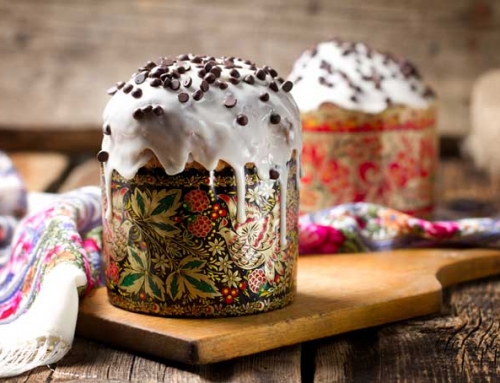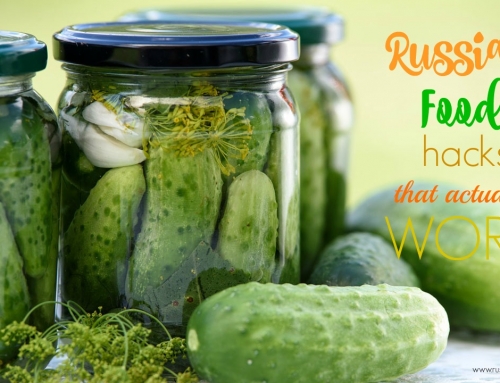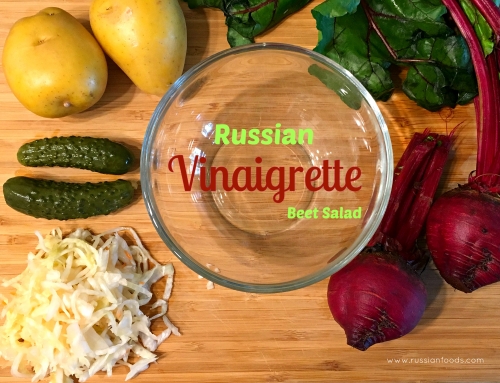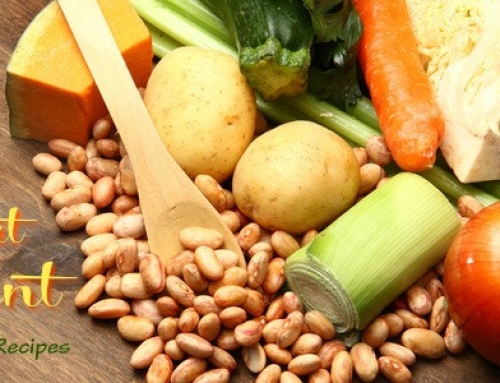You might often hear that a balanced diet can keep you healthy and active until a very old age. You may ask what you should and what you shouldn’t eat in order to maintain a balanced diet. The answer is: you can eat everything, but what really matters is the amount of calories that are just enough for your body needs, the right ratio of macronutrients and the right amounts of micronutrients. Calories come from consumption of macronutrients such as carbohydrates, protein and fat. Dietitians say that carbs should be 40-45%, protein 25-30% and fat 30-35% of your daily diet. Micronutrients refer to vitamins and minerals that are also very important in the long run. This is what you need to keep in mind planning your meals, but food isn’t just your body fuel – it also makes you feel good when it satisfies your taste, and makes you miserable when it doesn’t.
Cheese Topic is very interesting.
Cheese is one of the most loved and consumed food products. Even though cheese is made from just milk, it has hundreds of different varieties. The history of cheese is unknown, as this product is not much younger than humanity itself. It is believed that ancient people used inflated animal stomachs to store milk and found curd, which the milk turned into after being exposed to the stomach enzyme called rennet.
The process of making cheese includes several steps. First, milk is fermented by adding bacterial cultures or, sometimes, vinegar. Rennet is used for further coagulation of milk and turns it into a rubbery gel, called curd. Then the curd is heated and drained to separate it from the whey. The next step is processing of the curd, which requires different techniques depending on what kind of cheese is being made. Curd can be stretched, cut into small pieces or washed. Adding salt is essential for all kinds of cheese as it helps to drain more water, prevents overgrowth of bacteria and helps to preserve the cheese. Adding colors in the range from slightly yellow to bright orage gives it an appetizing look. After processing, the curd is pressed into a special form that drains it even more and gives it its final shape. The last step in making cheese is ripening, or aging. Formed curd is put on a shelf in a special room under controlled conditions where it can sit from a few months to several years. During that period of time, certain bacteria or molds break down protein in the curd and give it the desired taste and flavor.
Different cheeses have different texture, appearance and flavor. Soft white fresh cheeses are ready for the table right after the first drainage and without ripening. They have a comparatively bland taste, a lot of moisture and don’t keep long. Some hard cheeses reach their final texture and sharp taste only after 7-10 years of aging. Cheese flavors also depend on the animal (cow, goat, sheep or buffalo) whose milk is used, the grass consumed by the animals, the start-up bacteria and the conditions in the aging room. The presence of holes or blue mold in cheese is a result of the activity of microorganisms during the ripening process.
Besides its great taste, cheese has a high nutritional value. It is an excellent source of protein, fat, vitamins A, B, D, E, PP, calcium and phosphorus. Even though saturated fat in cheese is not considered the healthiest kind of fat, small amounts of it are essential for your body.
Russian people are used to having different varieties of high quality cheese. In the former Soviet Union, cultural exchange between the republics led to the merging of different national cuisines, and cheese is a good example of it. You may find a lot of varieties of Russian cheese on the website RussianFoodUSA.com. Feel the true taste of Russia with its flavorful cheeses!






